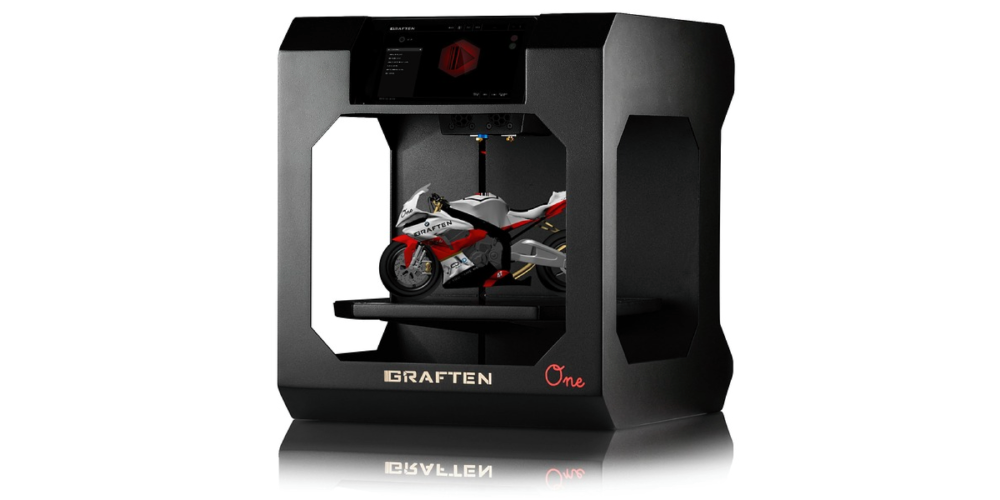Prototyping has come a long way from the days of hand-carved models and clay moulds. The evolution of 3D printing technology has changed this field, making it faster, more accurate, and cost-effective. As industries adapt and grow, the innovations in 3D printing are setting new benchmarks for prototyping.
3D printing changes prototyping by offering unmatched precision. Unlike traditional methods that rely on manual processes and can introduce human error, 3D printing creates highly accurate models directly from digital designs.
For instance, companies like General Electric use 3D printing to produce intricate prototypes with technologies like Stereolithography (SLA) and Selective Laser Sintering (SLS). These methods enable the creation of complex parts with detailed features and smooth finishes, essential for industries requiring exact specifications.
Tools like the Formlabs Form 3 SLA printer or the EOS P 396 SLS machine are prime examples of devices that enhance this precision. This accuracy speeds up development, ensures the final product matches the initial design, and reduces costly revisions, enabling rapid iterations across industries like automotive and aerospace.
Time is an essential factor in product development, and delays in prototyping can slow progress. 3D printing shortens these delays through fast prototyping. Instead of waiting weeks for a prototype, 3D printing enables models to be produced within hours or days.
This quick turnaround allows for faster idea validation and more efficient testing, accelerating the entire development process. Engineers can now swiftly create and test new product designs, making rapid adjustments as needed.
Tools like the Ultimaker S5 and Stratasys J750 are commonly used for their ability to produce prototypes quickly and accurately.
3D printing is transforming various industries by enabling innovative prototyping and production methods. In the automotive sector, companies like Ford and General Motors use 3D printing to create and test parts before committing to full-scale production, ensuring accuracy and reducing costs.
In fashion, designers are leveraging 3D printing to craft unique fabrics and accessories, expanding the possibilities of creative expression. Beyond industry, 3D printing has practical applications for hobbyists and enthusiasts. Gamers can print custom characters from their favorite video games, adding a personal touch to their collections.
Similarly, online casino enthusiasts can 3D print items like roulette wheels, poker chips, or slot machine models to enhance their gaming experience at home. This accessibility allows individuals to bring their passions to life, making 3D printing a versatile tool for both professional and personal projects.
These technologies can analyse designs and suggest optimizations, making the prototyping process smarter and faster. AI-driven tools like Autodesk’s generative design software already help engineers create more efficient models by automatically adjusting designs for optimal performance.
As these tools improve, we may see prototypes that are not only produced faster but are also more refined from the start. Also, new materials like carbon fibre-infused filaments are expanding the possibilities of 3D printing, enabling the creation of stronger and more durable prototypes.


Recent Comments